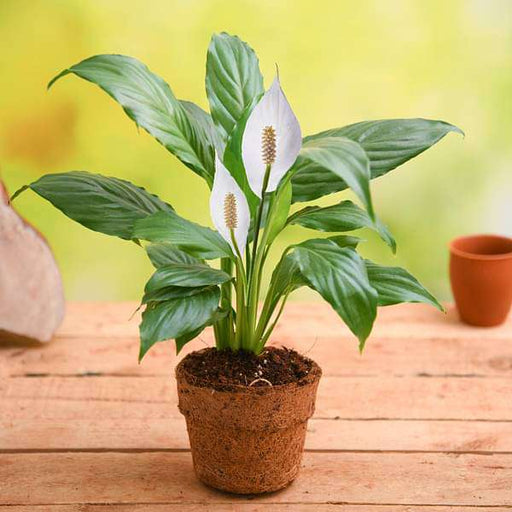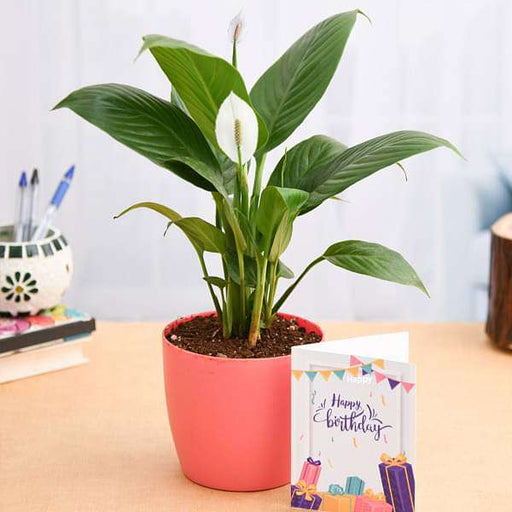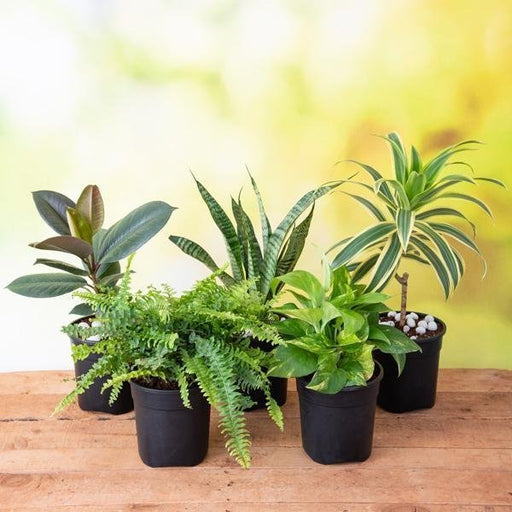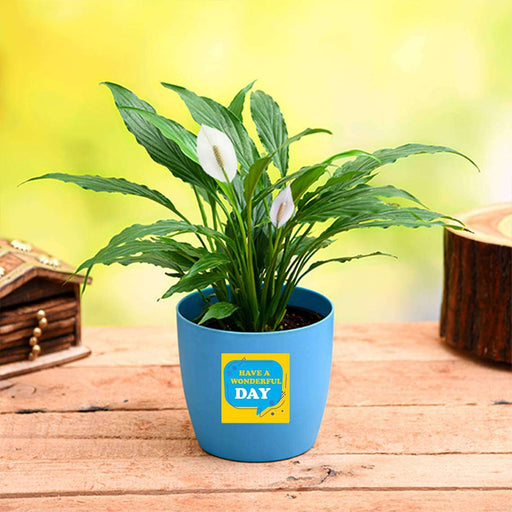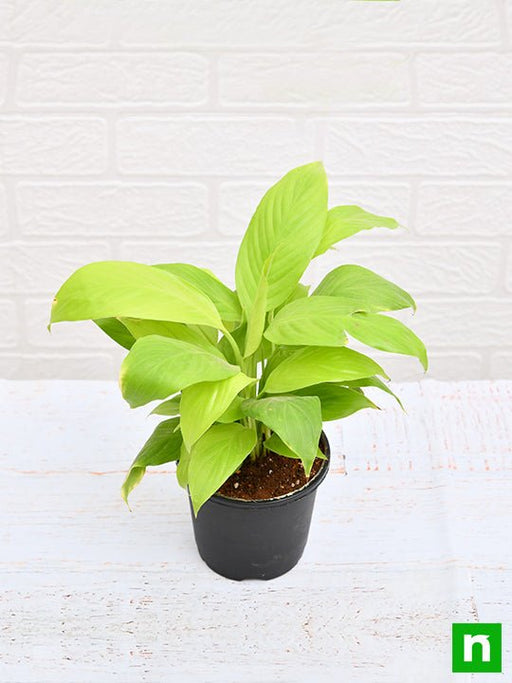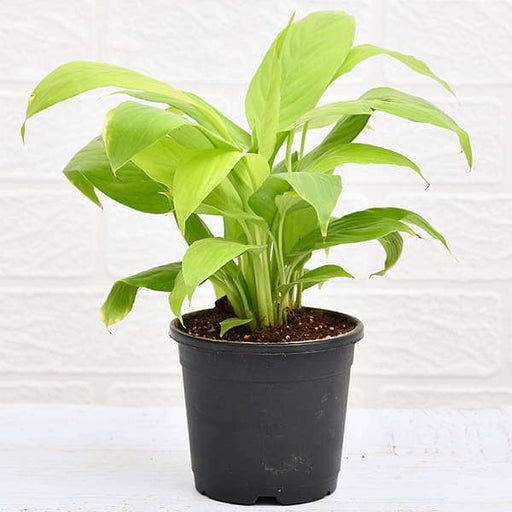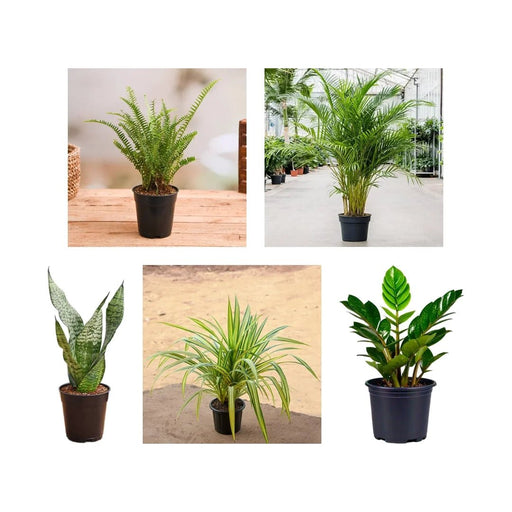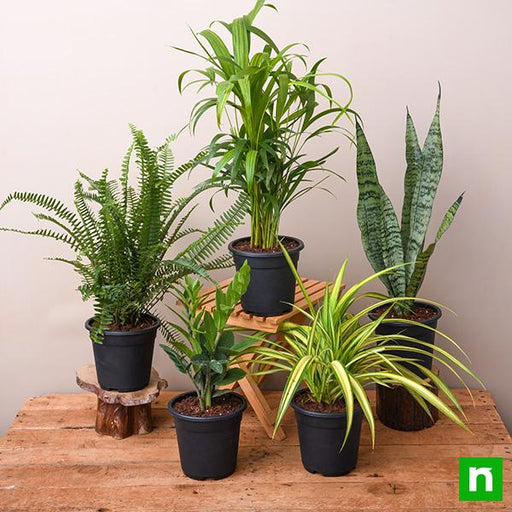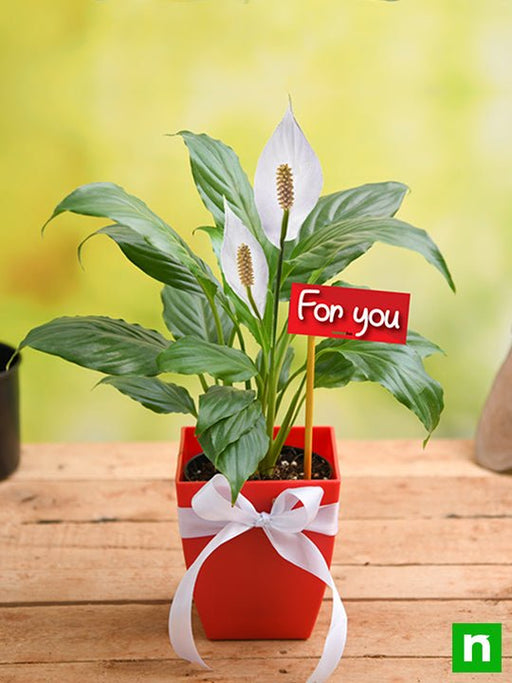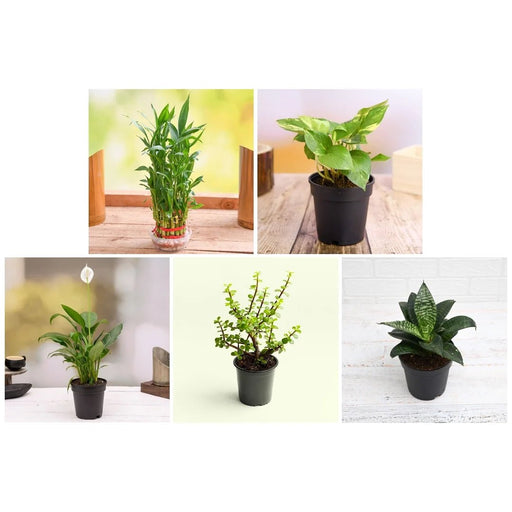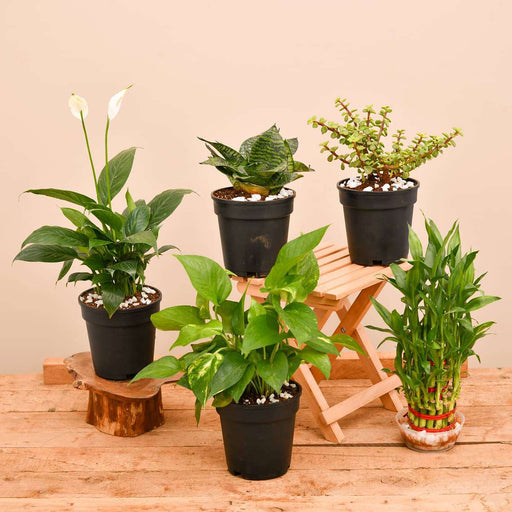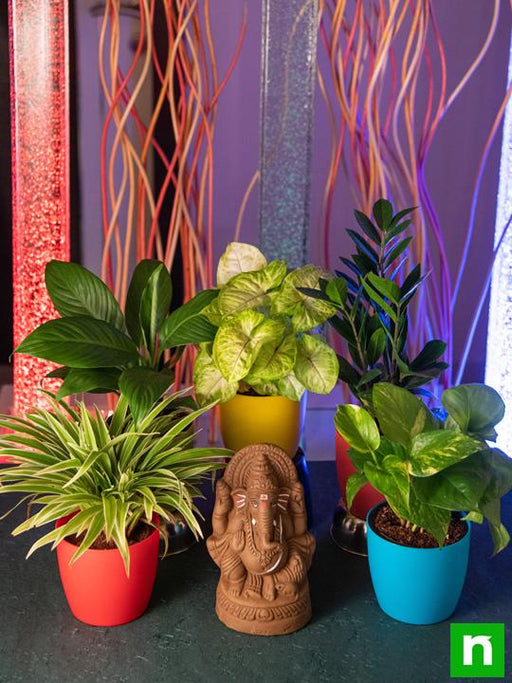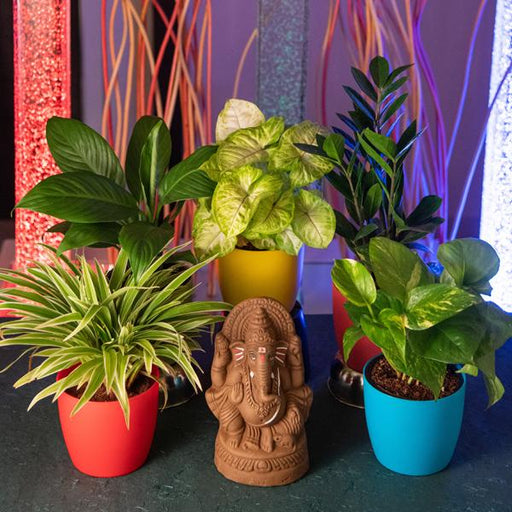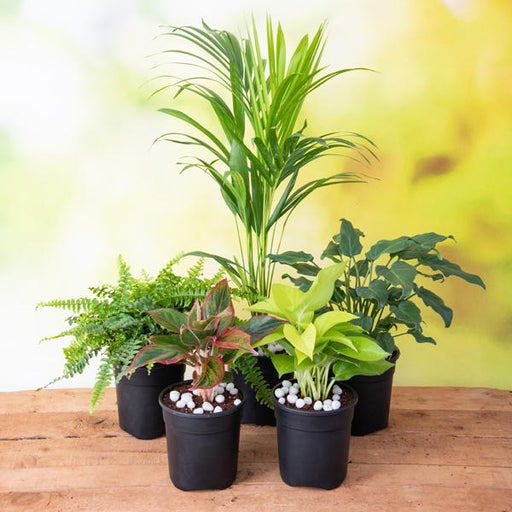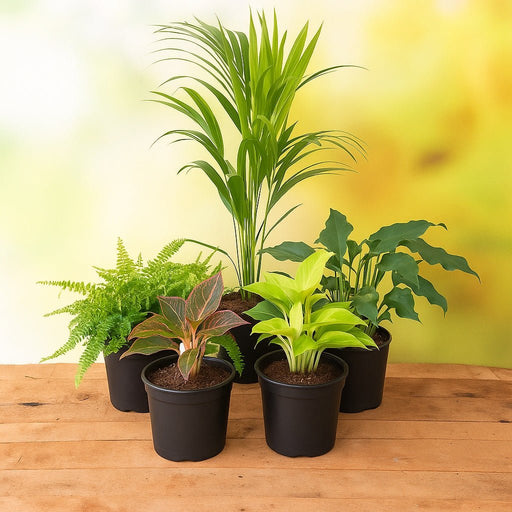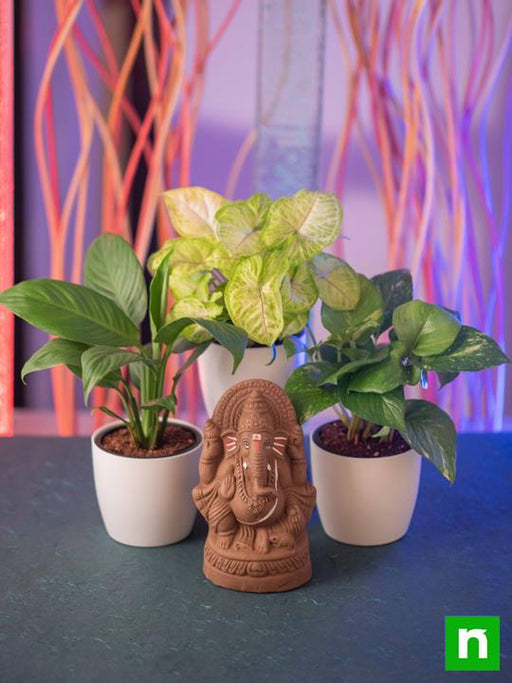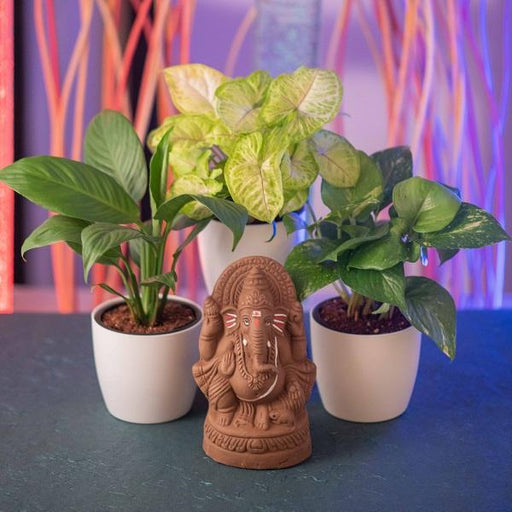Peace Lily Plant Care
Peace lily plants are popular indoor plants that are known for their beautiful foliage and white blooms. Proper care is essential for their growth and long-term health. From watering to pruning, understanding the basics of peace lily plant care can help you keep your plants happy and healthy.
Peace Lily Plant Propagation
Propagating peace lily plants is an excellent way to expand your plant collection and share your love for these beautiful plants with others. Whether you prefer division or stem cuttings, learning about the different propagation methods can help you propagate your peace lily plants successfully.
Peace Lily Plant Diseases
Peace lily plants are susceptible to several diseases, including root rot, leaf spot, and powdery mildew. Understanding the common peace lily plant diseases and their symptoms can help you prevent and treat them before they cause serious damage to your plants.
Peace Lily Plant Pests
Pests such as spider mites, mealybugs, and scale insects can damage your peace lily plants and affect their growth and health. Learning about the common peace lily plant pests and their control methods can help you keep your plants pest-free and thriving.
Peace Lily Plant Watering
Peace lily plants require adequate watering to thrive, but overwatering or underwatering can be harmful to their growth and health. Learning about the right watering techniques and frequency can help you keep your peace lily plants healthy and beautiful.
Peace Lily Plant Fertilization
Fertilizing peace lily plants can help promote healthy growth and beautiful blooms. Understanding the right type of fertilizer, timing, and frequency can help you provide the best nutrition for your peace lily plants.
Peace Lily Plant Light Requirements
Peace lily plants thrive in medium to low light conditions, making them an excellent choice for indoor spaces. However, understanding their light requirements can help you provide the best growing environment for your plants.
Peace Lily Plant Soil
Choosing the right soil for your peace lily plants is essential for their growth and health. A well-draining soil mix that is rich in organic matter can provide the right nutrients and moisture for your plants.
Peace Lily Plant Repotting
Repotting your peace lily plants is necessary when they outgrow their current container or when their soil becomes depleted. Learning about the right time, method, and soil mix for repotting can help you keep your peace lily plants healthy and thriving.
Peace Lily Plant Blooms
Peace lily plants produce beautiful white blooms that can last for several weeks. Understanding their blooming habits and requirements can help you enjoy their beauty and fragrance for longer periods.
Peace Lily Plant Air Purification
Peace lily plants are known for their air purification properties, which can help remove toxins and pollutants from indoor spaces. Learning about their air-purifying abilities and requirements can help you create a healthier living environment for you and your family.
Peace Lily Plant Temperature Requirements
Peace lily plants prefer moderate temperatures and can be sensitive to extreme heat or cold. Understanding their temperature requirements can help you provide the best growing environment for your plants.
Peace Lily Plant Humidity Requirements
Peace lily plants thrive in humid environments, but excessive humidity can lead to fungal growth and other problems. Learning about their humidity requirements can help you provide the right growing conditions for your plants.
Peace Lily Plant Pruning
Pruning peace lily plants is necessary to maintain their shape and promote healthy growth. Learning about the right pruning techniques and timing can help you keep your peace lily plants looking beautiful and healthy.
Peace Lily Plant Toxicity
Peace lily plants are toxic to pets and humans if ingested. Learning about their toxicity and symptoms can help you prevent accidental poisoning and keep your loved ones safe.
Peace Lily Plant Placement
Choosing the right placement for your peace lily plants is essential for their growth and health. Understanding their light and temperature requirements can help you find the best spot for your plants to thrive.
Peace Lily Plant Varieties
Peace lily plants come in different varieties, each with unique characteristics and growing requirements. Learning about the different peace lily plant varieties can help you choose the best plant for your home or office.
Peace Lily Plant Benefits
Peace lily plants offer several benefits, including air purification, stress reduction, and aesthetic appeal. Understanding their benefits and how they can improve your living environment can help you appreciate and enjoy your peace lily plants even more.
Peace Lily Plant Symbolism
Peace lily plants are often associated with peace, harmony, and tranquility. Learning about their symbolism and cultural significance can add a deeper meaning to your plant collection and enrich your life.
Peace Lily Plant Gifts
Peace lily plants make great gifts for friends, family, and colleagues. They are easy to care for, have beautiful blooms, and offer several benefits. Learning about the different ways to give peace lily plants as gifts can help you spread joy and positivity to those around you.





